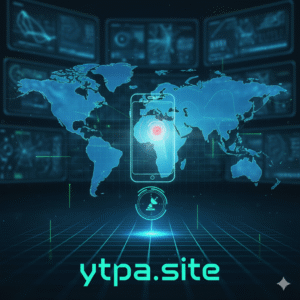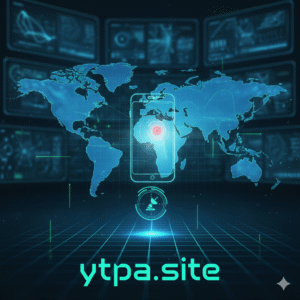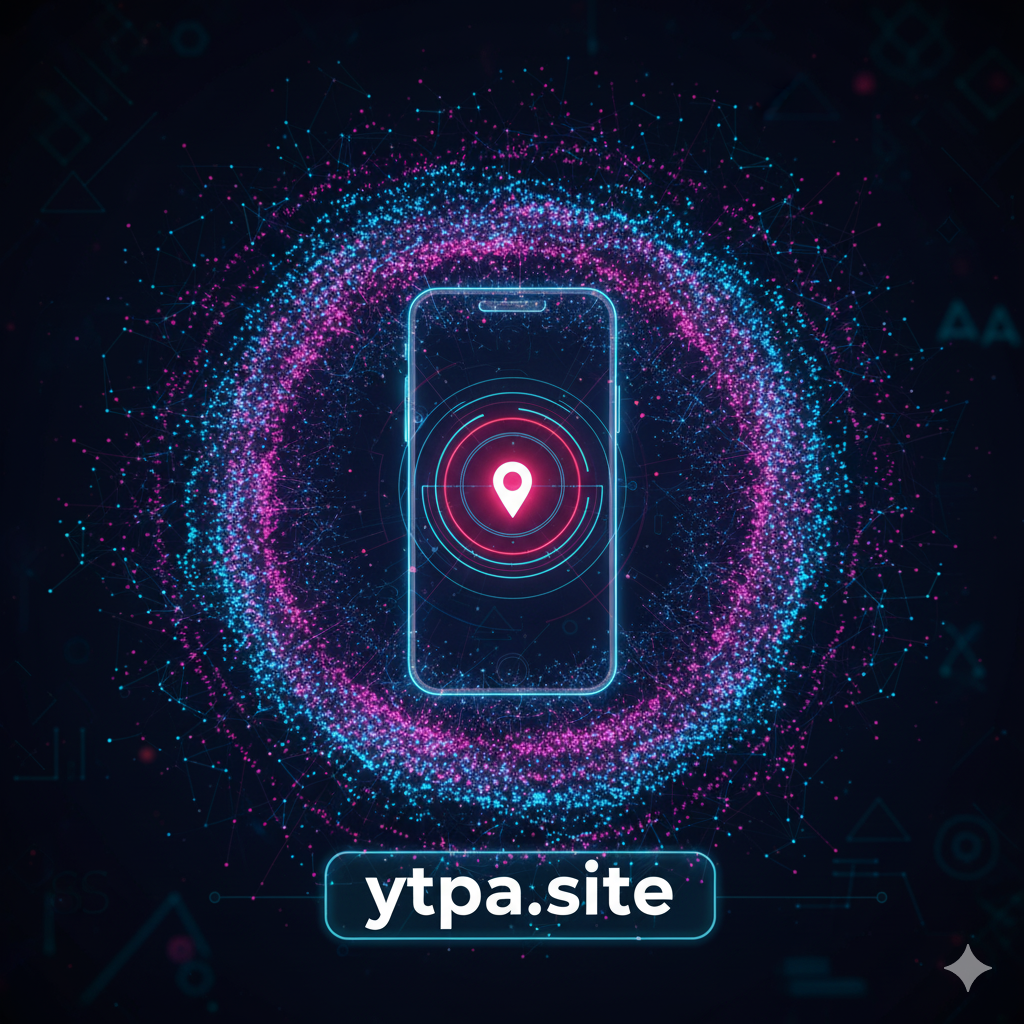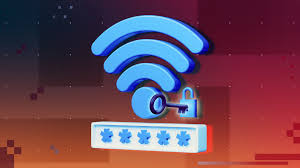How to Trace Mobile Location: A Comprehensive Guide
In today’s connected world, mobile phones are not just communication tools but powerful devices that can track your location and provide real-time updates on your whereabouts. With the help of location tracking technology, mobile phones can be traced accurately, whether it’s for personal use, security reasons, or for business-related purposes. This article aims to explore how mobile location tracking works, various methods available, the legal and ethical aspects of tracing mobile locations, and practical uses of this technology.
1. Introduction to Mobile Location Tracking

Mobile location tracking refers to the process of determining the geographical position of a mobile phone. It is commonly used by individuals, businesses, and law enforcement agencies to monitor movements, identify points of interest, and even respond to emergency situations.
Today’s smartphones come equipped with multiple sensors, including GPS (Global Positioning System), Wi-Fi, Bluetooth, and cellular triangulation, all of which contribute to accurate location tracking. In most cases, location tracking is achieved using one or more of these technologies.
Types of Mobile Location Tracking:
-
GPS Tracking: Uses satellites to calculate the phone’s location.
-
Cellular Triangulation: Measures the phone’s position based on signals from nearby cell towers.
-
Wi-Fi-based Tracking: Uses nearby Wi-Fi networks to determine location.
-
Bluetooth Tracking: Identifies location based on proximity to Bluetooth devices.
2. How Does Mobile Location Tracking Work?
Mobile location tracking is powered by several technologies that work together to pinpoint the phone’s exact location. Here’s a breakdown of how each of these technologies operates:
2.1 GPS (Global Positioning System)
GPS is the most accurate form of location tracking, relying on a network of satellites orbiting Earth. A GPS-enabled mobile device receives signals from at least three to four satellites. By calculating the time it takes for the signals to reach the phone, the device can determine its precise location.
-
Accuracy: GPS can offer an accuracy of up to 10 meters under open sky. The accuracy may be reduced in dense urban environments or areas with poor satellite visibility.
-
Applications: Navigation, real-time location sharing, location-based services (e.g., Uber, Google Maps), and emergency services.
2.2 Cellular Triangulation
Cellular triangulation uses the signals sent from a phone to nearby cell towers to calculate its location. By measuring the time it takes for the signal to reach multiple towers, the phone’s position can be triangulated.
-
Accuracy: This method is less accurate than GPS but can still provide location information within a range of a few hundred meters, depending on tower density.
-
Applications: Emergency services, tracking mobile phone signals, and general location estimation in areas with weak GPS signals.
2.3 Wi-Fi Positioning
Wi-Fi-based tracking uses the phone’s connection to Wi-Fi networks to estimate its location. The phone identifies nearby Wi-Fi networks and checks them against a database of known network locations to estimate the device’s position.
-
Accuracy: Wi-Fi location tracking can be very accurate, especially in densely populated areas with many Wi-Fi networks. Accuracy can be within 10-50 meters.
-
Applications: Indoor navigation (shopping malls, airports), location-based services, and in areas where GPS is unavailable.
2.4 Bluetooth Location Tracking
Bluetooth-based location tracking works by using Bluetooth Low Energy (BLE) beacons. The phone detects nearby beacons and calculates the distance between them based on the signal strength.
-
Accuracy: Bluetooth tracking is highly accurate within short ranges (up to 30 meters).
-
Applications: Retail environments, indoor mapping, and proximity-based services.
3. Methods to Trace Mobile Location
There are several ways to trace a mobile phone’s location. These methods range from using apps and software to relying on network providers or utilizing built-in smartphone features.
3.1 Using Built-in Phone Features
a) Find My iPhone (Apple Devices)
Apple provides an inbuilt feature called “Find My iPhone” for its iOS devices. This feature allows users to track their devices remotely by logging into their Apple account on another device or through iCloud. Users can also lock their phone or erase its data if stolen.
-
How to Use:
-
Open “Find My” on another Apple device or visit iCloud.com.
-
Log in with your Apple ID and select the device you want to track.
-
Track the device on a map and take actions like playing a sound, locking it, or erasing the data.
-
b) Google Find My Device (Android Devices)
Android users can use the “Find My Device” feature provided by Google. This service allows users to locate their Android phones remotely through their Google account. It also offers options to ring the phone, lock it, or erase its contents.
-
How to Use:
-
Visit google.com/android/find.
-
Log in with your Google account linked to the phone.
-
The phone’s location will be shown on a map, and you can take actions such as ringing or wiping data.
-
-

How to Trace Mobile Location: A Complete Guide to Mobile Tracking Methods, Tools, and Legal Considerations
3.2 Using Third-Party Mobile Tracking Apps
There are various third-party mobile tracking apps available that offer additional features such as location history, geofencing, and real-time updates. Some of the popular apps include:
-
Life360: A family and friend location tracking app that allows users to track the whereabouts of loved ones in real-time.
-
GeoZilla: A personal safety app that offers location sharing, GPS tracking, and driving reports.
-
Glympse: A location-sharing app that lets users share their real-time location with others for a set period.
Features of Third-Party Apps:
-
Real-Time Tracking: Track the phone’s location in real-time.
-
Location History: View past locations visited by the device.
-
Geofencing: Set virtual boundaries around a location, and get alerts when the device enters or exits these areas.
-
Emergency Features: Some apps provide features for emergency alerts or send help messages in case of a distress situation.
3.3 Using Mobile Network Provider Services
Mobile network providers offer location tracking services that can trace a phone’s location based on its connection to cell towers. However, these services are typically limited to emergency situations or for the account holder’s devices.
-
How to Use:
-
Contact your mobile network provider and inquire about location tracking services.
-
Provide necessary proof or permission to track the device, as the service may require legal authorization.
-
Network providers usually provide the device’s location within a few meters using cell tower triangulation.
-
4. Legal and Ethical Considerations
Tracing a mobile phone’s location raises significant legal and ethical issues, especially if done without the owner’s consent. Here are some important points to consider:
4.1 Consent and Privacy Concerns
In most countries, tracking someone’s phone without their consent is illegal and infringes on privacy rights. Always obtain permission from the device owner before attempting to trace their location.
-
Legal Consequences: Unauthorized tracking can lead to criminal charges, including invasion of privacy, harassment, or illegal surveillance.
-
Ethical Use: Tracking devices should be used for safety, security, or with the consent of individuals being tracked.
4.2 Tracking for Family Safety
Parents often use location-tracking features to ensure the safety of their children or elderly relatives. Apps like Life360 are popular for family safety, where members can voluntarily share their locations for protection.
-
Parental Control: Parents can track the locations of their children, ensuring they are safe and know where they are at all times.
-
Elderly Care: Monitoring elderly family members with conditions like dementia can provide peace of mind.
4.3 Law Enforcement and Emergency Use
Law enforcement agencies can track mobile phones in certain situations, such as during investigations or emergency scenarios. However, they are typically required to obtain a warrant to do so, as this constitutes an invasion of privacy.
-
Court Orders: Police can use location tracking in criminal investigations with proper authorization.
-
Search and Rescue: Location tracking is often employed during emergency situations, such as natural disasters or missing person cases, to assist in rescue operations.
5. Applications of Mobile Location Tracking
Mobile location tracking technology has a wide range of applications. Below are some key use cases:
5.1 Personal Safety
Mobile tracking is often used to ensure personal safety. In case of emergencies, users can share their real-time location with family or friends to help them get assistance quickly.
click: Location Tracer
5.2 Business and Fleet Management
Businesses use mobile tracking for fleet management, employee location monitoring, and asset tracking. Delivery companies, for example, can use GPS tracking to optimize delivery routes and monitor drivers’ locations.
-
Fleet Management Apps: Many businesses use location tracking to monitor their fleet’s efficiency, prevent fraud, and ensure timely deliveries.

5.3 Location-Based Marketing
Retailers and advertisers use location data to create targeted ads based on a person’s location. For instance, a user who visits a shopping mall may receive a coupon for a nearby store via an app.
-
Geo-fencing: Businesses use geo-fencing to create a virtual boundary around a physical location, sending promotions to customers when they enter a particular area.
5.4 Emergency Services
In emergency situations, location tracking can be a lifesaver. Emergency responders can use the GPS location of a person in distress to quickly locate and assist them.
-
Search and Rescue: In cases of missing persons, mobile location tracking is vital in ensuring quick and efficient search




